9 Priceless Things Princess Diana Refused to Give Back After Her Divorce
When Diana and Charles finalized their high-profile divorce in 1996, much of the public focus landed on what she lost. But the deal also allowed her to retain several meaningful items and privileges. Diana kept a significant part of her old life, from financial arrangements to personal property.
Kensington Palace Apartment

Credit: flickr
Diana didn’t hold ownership of Kensington Palace post-divorce, but she stayed in Apartments 8 and 9. The space was substantial—three stories with a whole floor devoted to her sons. She called it her “fortress,” redesigning interiors and managing it as a fully independent household.
Generous Settlement
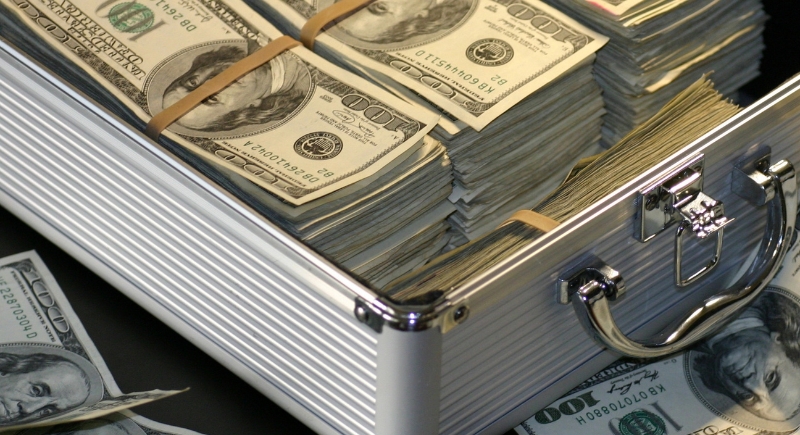
Credit: pixabay
Buckingham Palace never officially confirmed the financial settlement, but multiple reports state Diana received a lump sum of about $22.5 million. She also received $600,000 annually to maintain her office. The payout ensured she had the resources to maintain a lifestyle.
Shared Custody of Her Sons

Credit: flickr
William and Harry were still young when the divorce was finalized. Both parents retained joint custody. Though the boys mainly lived at boarding school, Diana’s apartment remained their London base. She made it a home where they could enjoy a normal life outside royal protocols.
Title Without the HRH
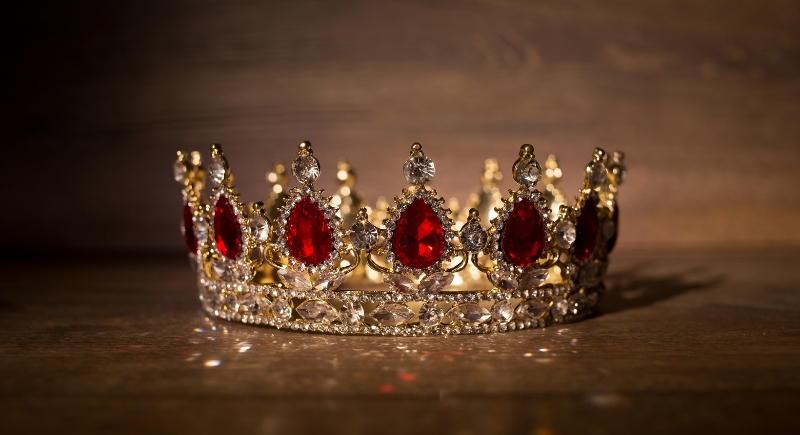
Credit: Getty Images
Diana was taken off the “Her Royal Highness” designation, which meant she had to curtsy to those with the title, including her sons. Still, she retained the title “Princess of Wales,” which kept her firmly in the public eye and royal memory.
Jewelry from the Marriage

Credit: flickr
Diana kept most of her jewelry, including pieces gifted during her marriage. One of the most famous—the sapphire and diamond engagement ring—was later used by Prince William to propose to Kate Middleton. The only difference was the Cambridge Lover’s Knot tiara, which was returned to the Queen.
Dedicated Office Space
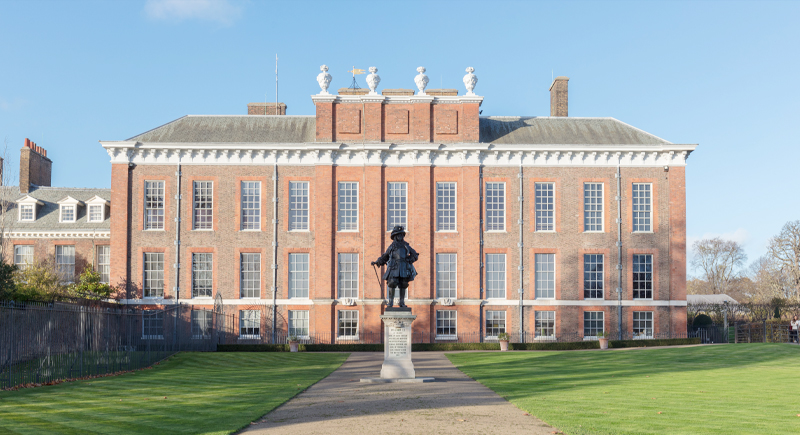
Credit: Wikimedia Commons
Although she was required to leave her office next to Prince Charles’s in St. James’s Palace, Diana wasn’t left without a base of operations. She got a new office at Kensington Palace to handle her schedule, correspondence, and charitable activities.
Private Air Travel

Credit: Getty Images
Even after losing her royal status, Diana continued using private jets. More than just luxury, it reflected ongoing security needs. She traveled frequently for charity work and international visits, and commercial travel wasn’t considered appropriate.
Invitations to Royal Events
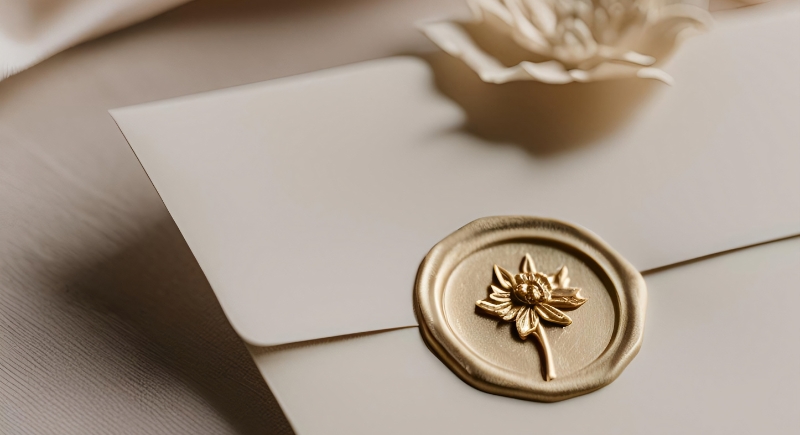
Credit: Canva
The Queen expressed that Diana would remain “a member of the royal family” in spirit. She continued to receive invitations to certain royal functions. Although she no longer carried out official duties, the Palace didn’t cut her off entirely. Her presence at events was still welcomed.
Her Fashion Collection
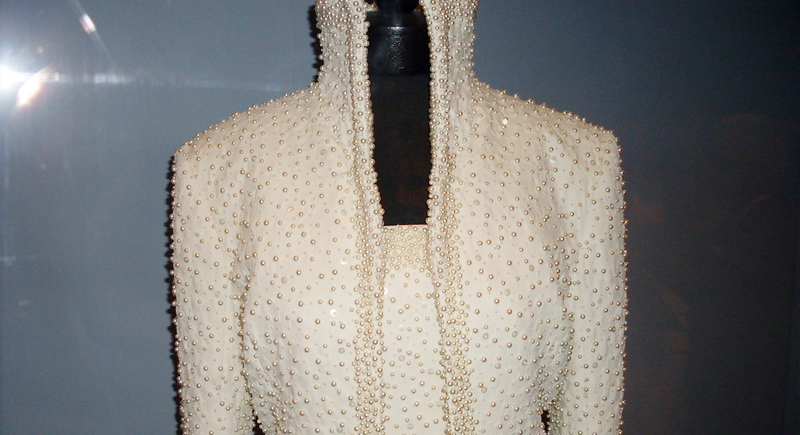
Credit: flickr
Diana was allowed to keep the many iconic outfits she wore during official engagements. In 1997, she auctioned off dozens of them for charity and raised millions for causes she supported. The sale included gowns by Catherine Walker and other top designers.
Personal Art Collection
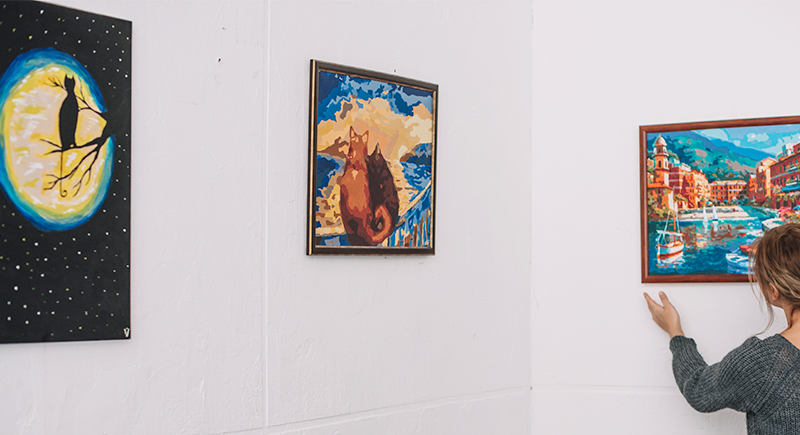
Credit: freepik
Diana retained artwork gifted to her over the years, including pieces given by artists and foreign dignitaries during royal tours. Though these items weren’t museum-worthy treasures, they carried sentimental value. They decorated her private residence and office.
Freedom to Choose Charities

Credit: Wikimedia Commons
After the divorce, Diana stepped back from many formal patronages, but she kept several close to her heart. She remained involved with organizations like the English National Ballet, Centrepoint, and Great Ormond Street Hospital.
Her Car

Credit: Youtube
Diana continued to drive her personal Audi convertible after the divorce. It wasn’t extravagant by royal standards, but it was very much her style—modern, understated, and a clear shift from palace formality.
Staff She Trusted
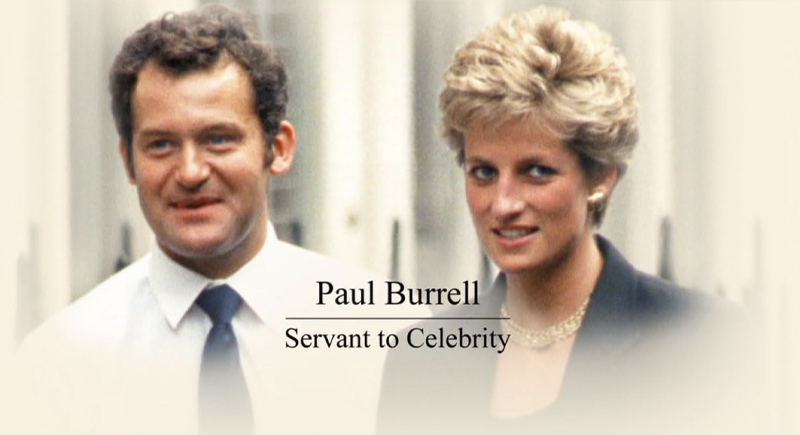
Credit: IMDb
Although her post-divorce staff was leaner, Diana did keep a few key members. Her chef, cleaner, and dresser stayed with her. Paul Burrell, her butler, transitioned into the role of house manager. She made changes to reflect her independence—painting rooms, installing new locks, and altering routines.
Access to Personal Letters and Documents

Credit: Getty Images
Diana retained access to personal correspondence and documents, including items related to her children and her own philanthropic efforts. Having control over personal materials allowed her to continue shaping her legacy and protecting her sons’ privacy.
Public Affection
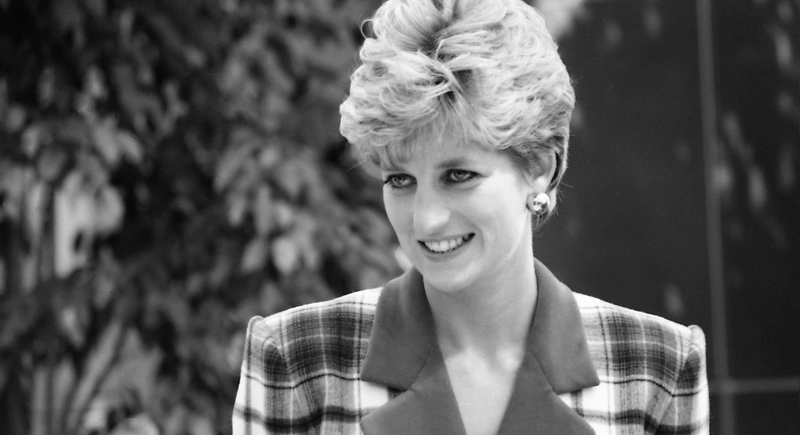
Credit: Wikimedia Commons
No court ruling could stop the public from admiring Diana. She remained one of the most beloved figures in Britain and beyond. Crowds continued to greet her enthusiastically, the media followed her every move, and her approval ratings often surpassed those of the royal family.